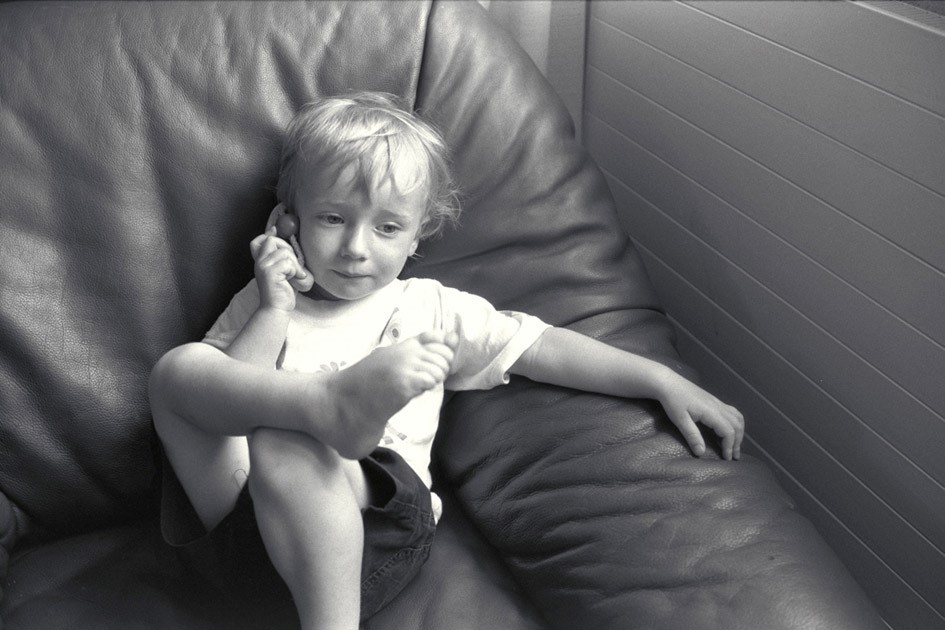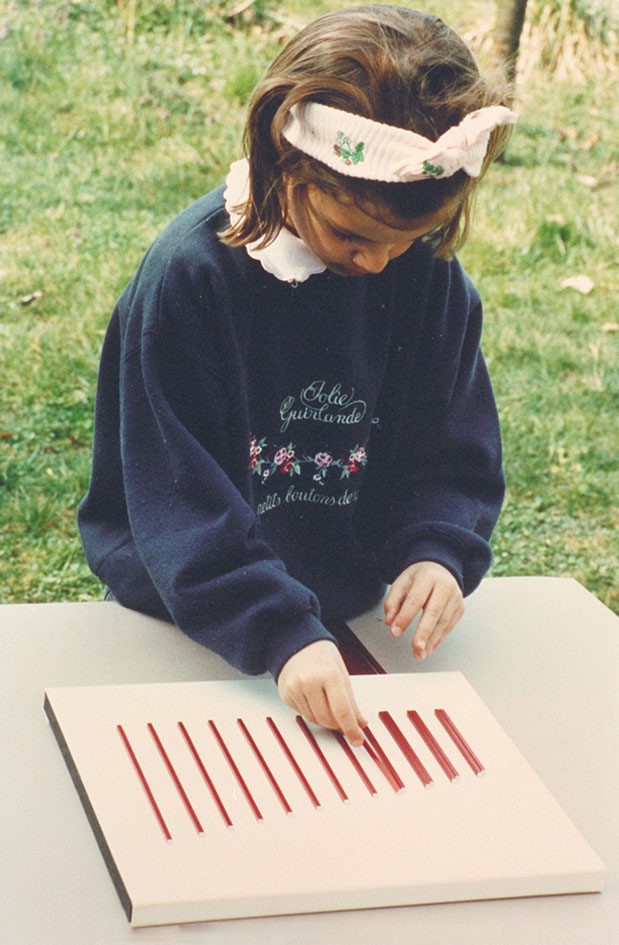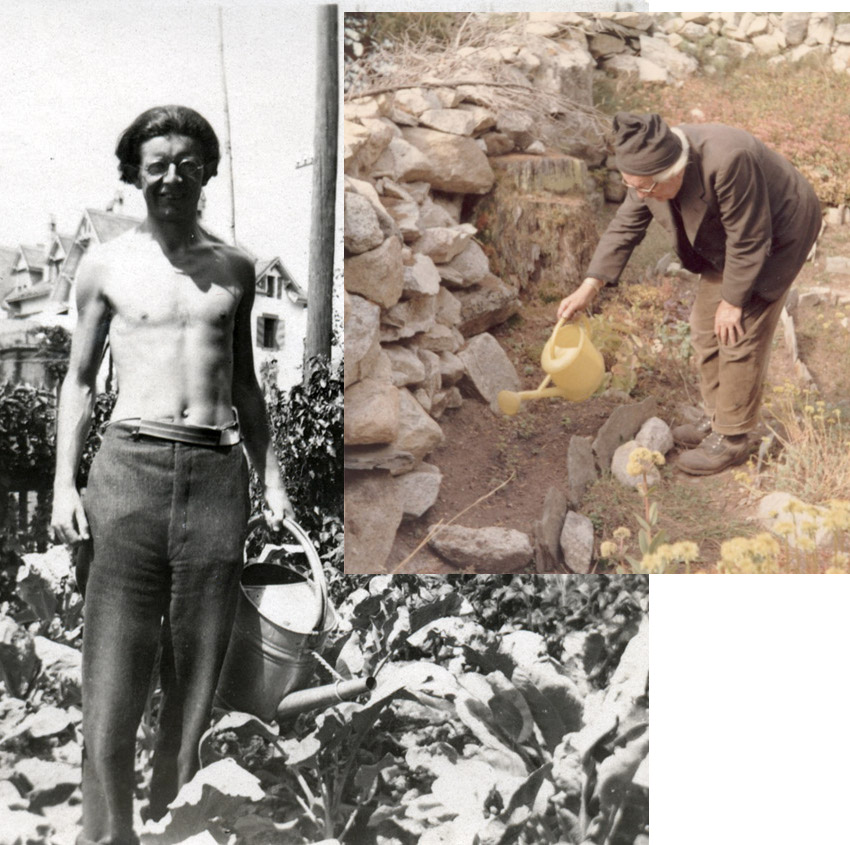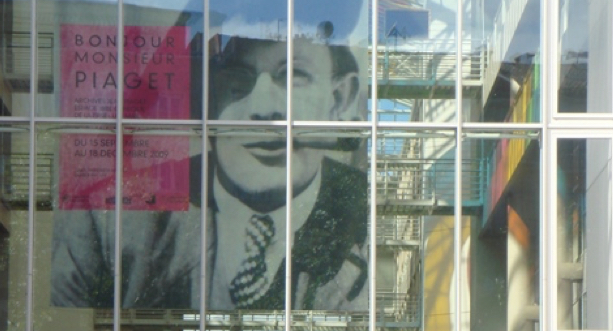« I can’t think
without writing. »
The “shell office”. Wall installation based on the original photograph by Jean Mohr, 1978. FPSE Library, Uni Mail, Geneva.
The fact that he posed the problem of the development of knowledge from an experimental and biological framework without falling into reductionism, that he tried to integrate an immense quantity of references, that he approached epistemological problems from a constructivist perspective, as well as his intense academic production between 1920 and 1980, meant that Piaget’s work had a great influence on the field of humanities in the 20th century.
- Accueil
- >
- Jean Piaget
- >
- Work
Piaget Bibliography
The Piaget Bibliography is a major achievement of the efforts of the Jean Piaget Archives, published in 1989. This volume systematically lists all the publications that constitute Piaget’s work, which in 1989 comprised about 1,500. It is divided into two parts: monographs and articles. The first part contains all the publications by Piaget, including their translations; the second part lists all the articles, notes, reviews, official speeches and reports by Piaget, with their translations. The Piaget Bibliography is a fundamental tool for researchers. All of Piaget’s bibliographies available on the web are based on this compilation of the Archives, which is openly and freely available in PDF format.

Library in Piaget’s office. Photo Denis Ponté and Roger Chappellu

One of the contributions to psychology: symbolic play. Photo Didier Jordan
Psychology
Piaget’s early work in psychology was on psychoanalysis. In the 1920s he moved away from this field and began to exploit the so-called “clinical method,” with which he and his numerous collaborators—mostly women—would collect tens of thousands of data for research. During his 60 years of publications in psychology, Piaget used different models to explain the development of intelligence, which were integrated with each other. From 1921 to 1932, he explained the development mainly through a shift from egocentrism to cooperation; from 1925 a second model based on biological adaptation helped to understand the development of knowledge. In the early 1940s, a genetic structuralism emerged from which he analyzed the genesis of concepts through operatory systems. At the same time, he launched a program of experimental psychology that showed that perception develops and depends on action. From the 1950s onwards, in collaboration with Bärbel Inhelder, the explanation took on a more functionalist meaning that culminated in texts on mental image or memory. In the 1960s, together with Paul Fraisse, he co-edited the Traité de psychologie expérimentale, which served as a textbook for two generations of French-speaking psychologists. Finally, in the 1970s there was a major innovation with the second model of equilibrium and the focus on concepts such as dialectics, contradiction and reflective abstraction.
Epistemology
One of Piaget’s first texts, Recherche, published in 1918 – a sort of autobiographical novel – contains a series of epistemological insights that will be developed later. In 1925, in an introductory lecture, he opened the field of genetic epistemology, according to which knowledge is forged through the construction of new instruments in a process of interaction between subject and object. To this end, he articulated a historical-critical method with a genetic approach. Later, Piaget will develop his logical research to identify the operatory bases of behaviour in various activities of the subject. In this sense, a fundamental step was the publication of the three volumes of the Introduction to Genetic Epistemology, in 1950, in which he defined the genetic conditions of the constitution of scientific knowledge. Thus, interdisciplinarity became necessary. Genetic epistemology became a distinct discipline in 1955 with the founding of the International Centre for Genetic Epistemology, which sought to respond to the problems of the constitution of science by studying the processes underlying the development of notions and concepts in children and science. Benefiting from the genetic and experimental approach to address the processes of knowledge production, the solutions that genetic epistemology provides to the problems of the foundations of the sciences are different from the traditional answers of the philosophy of science, and are presented as a tertium, a third constructivist path.
Serialization: an activity present both in children and in science. Photo Florence Cornu-Windisch


Biology
After becoming a specialist in malacology—a discipline specializing in the identification of molluscs, the study of their habitat, geographical distribution, etc.—Piaget passed his thesis in biology in 1918. In the meantime, his interest shifted from nomenclature to the study of morphological transformations due to the mechanisms of evolution. During the 1920s, he highlighted the transgenic phenomena through which the molluscs moved to a new environment—a more turbulent lake, for example—adapt and stabilize their morphology. Influenced by Waddington and various non-Darwinist works, and convinced on the influence of the creative action of psychological structures supported on biological structures, Piaget wrote in 1966 a work on philosophy of biology to resist the neo-Darwinist line, recently reinforced by the discovery of the double helix by Crick and Watson. With Biology and Knowledge (1967), Vital Adaptation and intelligence (1974) and Behavior and evolution (1976), he positioned himself as a key author in biological epistemology. He supported concepts that have been banished from neo-Darwinian biology, such as phenocopy and epigenesis, and showed the influence of behavior on the transformations of the genome, half a century before contemporary research addressed these issues to support Piagetian ideas.
Education
Close to the New School movement of the 1920s, Piaget was de facto at the core of the international education scene in 1929 when he accepted the position of director of the International Bureau of Education. For 40 years he led this organization based in Geneva, which centralized and coordinated the educational programs of many nations. After World War II, he collaborated with UNESCO producing texts that provided guidelines for education. But at the same time as he developed his epistemological work, it was the reception of his psychological ideas in the educational spheres of different countries that transformed him into a revolutionary pedagogue.




